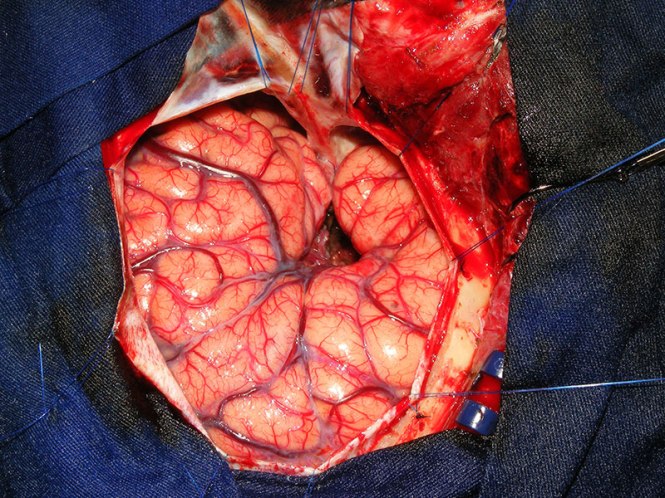What is tumour?
A tumor is a mass of tissue that’s formed by an accumulation of abnormal cells. Normally, the cells in your body age, die, and are replaced by new cells. With cancer and other tumors, something disrupts this cycle. Tumor cells grow, even though the body does not need them, and unlike normal old cells, they don’t die. As this process goes on, the tumor continues to grow as more and more cells are added to the mass.

No one knows what causes brain tumors; there are only a few known risk factors that have been established by research. Children who receive radiation to the head have a higher risk of developing a brain tumor as adults, as do people who have certain rare genetic conditions such as neurofibromatosis or Li-Fraumeni syndrome. But those cases represent a fraction of the approximately 28,000 new primary brain tumors diagnosed each year in the United States. Age is also a risk factor. People between the ages of 65 and 79 make up the population most likely to be diagnosed with a brain tumor.
A primary brain tumor is one that originates in the brain, and not all primary brain tumors are cancerous; benign tumors are not aggressive and normally do not spread to surrounding tissues, although they can be serious and even life threatening.
A common initial symptom of a brain tumor is headaches. Often, they don’t respond to the usual headache remedies. Keep in mind that most headaches are unrelated to brain tumors.
Other symptoms include:
Seizures
Changes in speech or hearing
Changes in vision
Balance problems
Problems with walking
Numbness or tingling in the arms or legs
Problems with memory
Personality changes
Inability to concentrate
Weakness in one part of the body
It’s important to keep in mind that these symptoms can be caused by a number of different conditions. Don’t assume you have a brain tumor just because you experience some of them. Check with your doctor.
How Are Brain Tumors Diagnosed?
To diagnose a brain tumor, the doctor starts by asking questions about your symptoms and taking a personal and family health history. Then he or she performs a physical exam, including a neurological exam. If there’s reason to suspect a brain tumor, the doctor may request one or more of the following tests:
Imaging studies such as a CT(CAT) scan or MRI to see detailed images of the brain
Angiogram or MRA, which involve the use of dye and X-rays of blood vessels in the brain to look for signs of a tumor or abnormal blood vessels
The doctor may also ask for a biopsy to determine whether or not the tumor is cancer. A tissue sample is removed from the brain either during surgery to remove the tumor or with a needle inserted through a small hole drilled into the skull before treatment is started. The sample is then sent to a lab for testing.
How Are Brain Tumors Treated?
Surgery to remove the tumor is typically the first option once a brain tumor has been diagnosed. However, some tumors can’t be surgically removed because of their location in the brain. In those cases, chemotherapy and radiation therapy may be options for killing and shrinking the tumor. Sometimes, chemotherapy or radiation is also used after surgery to kill any remaining cancer cells. Tumors that are deep in the brain or in areas that are difficult to reach may be treated with Gamma Knife therapy, which is a form of highly focused radiation therapy.
Watch Video
Because treatment for cancer also can damage healthy tissue, it’s important to discuss possible side and long-term effects of whatever treatment is being used with your doctor. The doctor can explain the risk and the possibility of losing certain faculties. The doctor can also explain the importance of planning for rehabilitation following treatment. Rehabilitation could involve working with several different therapists, such as:
Physical therapist to regain strength and balance
Speech therapist to address problems with speaking, expressing thoughts, or swallowing
Occupational therapist to help manage daily activities such as using the bathroom, bathing, and dressing
